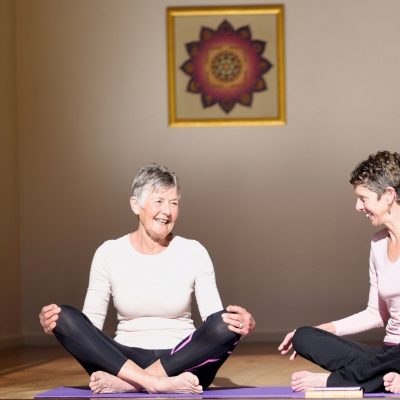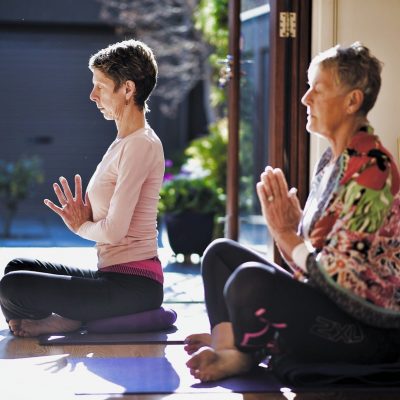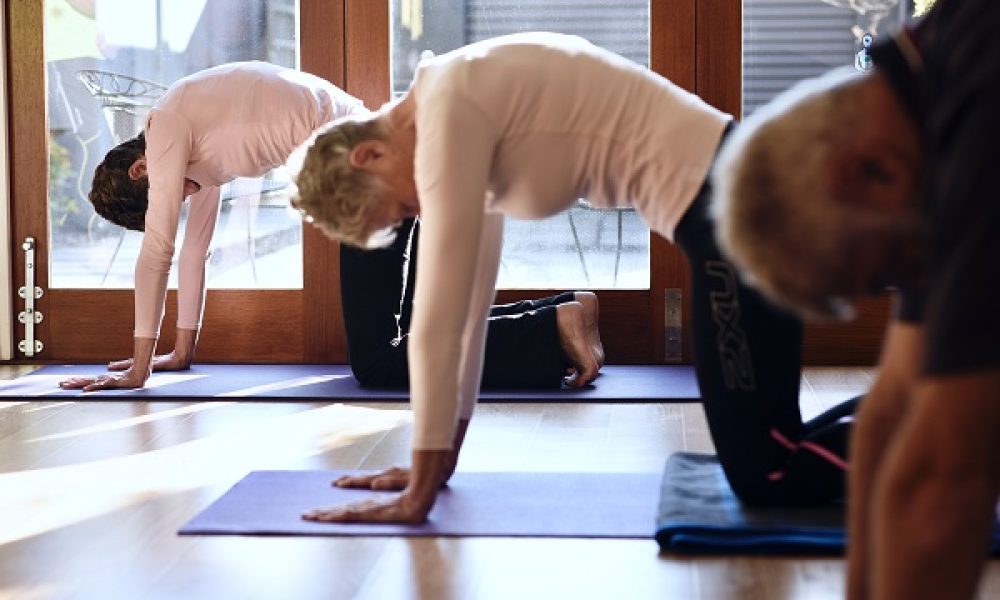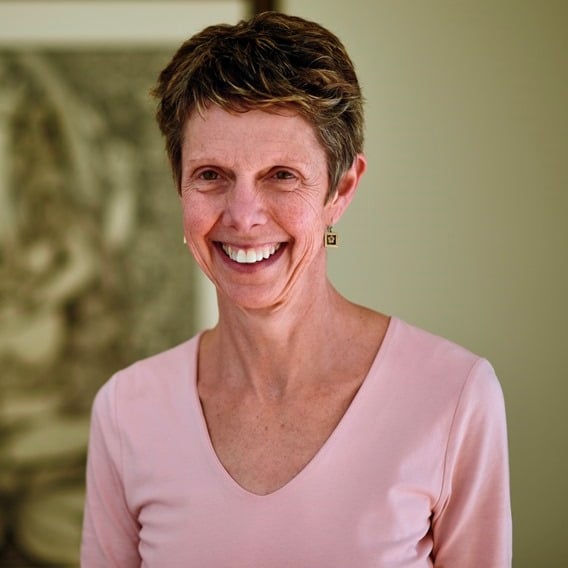How often do you think that you need to know or ‘perfect’ a pose before joining a class?
Or do you copy the person next to you in class (and think they know what they are doing?!)
I have been practising myself for over 3 decades, it is nearly 2 decades since I completed my first yoga teacher training, and it’s 18 years since I opened my personalised yoga studio. I have seen and learnt a lot from my own practice and from my students over this time.
Coming with a beginner’s mind onto the mat when you practise, whether in your first class or your 50th, is the true practice of yoga. Approaching the positions, listening to the guidance and staying in touch with what is ‘right’ for you in that moment, is also the practice.
However below are common ‘mistakes’, beliefs that I observe..
1. Touching my toes would be fantastic!
If you approach yoga as a practice to become more flexible, having a physical goal, most likely you will injure yourself or become disillusioned and think that yoga is not for you.
One of the biggest obstacles I hear from potential students prior to joining classes, is that they are not flexible enough to come or want to know how quickly this can change.
Many people start ‘yoga’ as they feel ‘tight’ and wish to stretch out – certain muscle groups and body parts become overloaded, strained, fatigued, and invariably injured.
Everyone’s body is different, no two are the same – varying bone lengths, muscle bulk, genetic makeup, so much more. And as our body changes and ages we are more prone to injury, illness, chronic health conditions like arthritis.
What if I told you that stretching may not reduce chronic muscular tightness?
At Experience Yoga you learn through gentle, pain free movements how to move your body with a deep sense of awareness, regaining freedom of movement, mobility and co-ordination.
2. ‘Holding’ a pose for a long time is better, especially if it’s difficult.
‘Being’ comfortable and aware in a pose is the goal of asana without excess strain, tension, gripping. The benefits come when in tune with your own body and where you hold tension, discomfort, blocked emotions, even unhelpful thoughts.
Of course we take time in a pose for the joints to be safely loaded to improve stability. Neuroscience demonstrates that time is required to establish new and different neural pathways in your brain so that you experience ongoing benefits.
However when a pose is practised with focused awareness, rather than with a focus on time or the level of difficulty, asana contributes to bringing lightness and ease into your body.
At Experience Yoga you learn to allow the body to absorb into and settle in its current state, without force, so that you experience enjoyment as well as the long term benefits.
3. If I feel emotional in or after class, I did something wrong.
Often students tell me that they leave class feeling very emotional or that challenging moods have shifted. This is normal and is often releasing.
All the practices shift stuck or blocked emotional energy in the koshas, the five energetic ‘layers’ around our being, from the outer layer of our skin to the deepest inner layer of our spiritual core.
We can’t feel or see these layers, but the koshas are finer layers of energy that need to be kept in good condition to live a fully balanced, healthy life.
Specific relaxation, mindfulness and meditation practices move through these layers, opening the natural drug cabinet (endorphins, serotonin) in your brain to support stable mood, better sleep, and calmer thinking.
At Experience Yoga you are in a supportive safe environment to come and be as and who you are, without judgement. (Please note that if you require a specific trauma sensitive approach, one on one yoga therapy may be more appropriate than a group class).
4. The breathing practices are primarily to improve my lungs.
Yes, yogic breathing techniques teach you how to develop the capacity of your lungs, enhancing oxygenation of the blood and improving your vital capacity.
However the intention of the pranayama practices in classical yoga is more than your breath and your lungs. It is about feeling and moving your subtle energy, your prana. Prana is your natural energy flow that brings vitality and enhanced immunity so that you are naturally re-energised and invigorated as you practise.
This is developed slowly over time, requires focused awareness and practice.
At Experience Yoga you learn subtle breathing techniques for example, how to breath smoothly in and out of the nose bringing a more controlled awareness, before graded pranayama practices are taught.
5. Drifting off, zoning out in deep rest is the best idea!
It is so easy and tempting in deep rest, after the physical practices, to fall asleep or zone out. However when this happens the true benefits and assimilation of the practice is lost!
Deep relaxation, to be systematically guided on a journey through each of the koshas, requires presence and focus.
This is how rejuvenation, repair, and restoration of our being on both cellular and energetic levels occurs. You experience the profound effects of rebooting your nervous system, realising optimal health and expanded consciousness. You experience the truth of who you really are.
At Experience Yoga you learn how to experience calm, clarity and stillness, without effort.
If you wish to experience how your physical and energetic bodies can be enhanced, along with more balanced moods and thoughts conducive to an easeful life, join classes at Experience Yoga.












